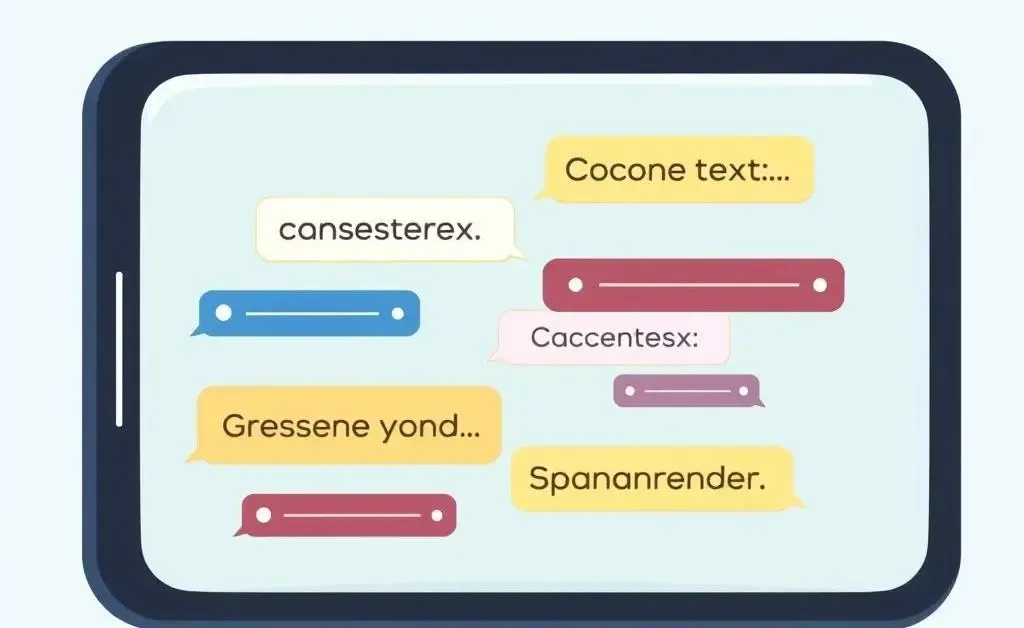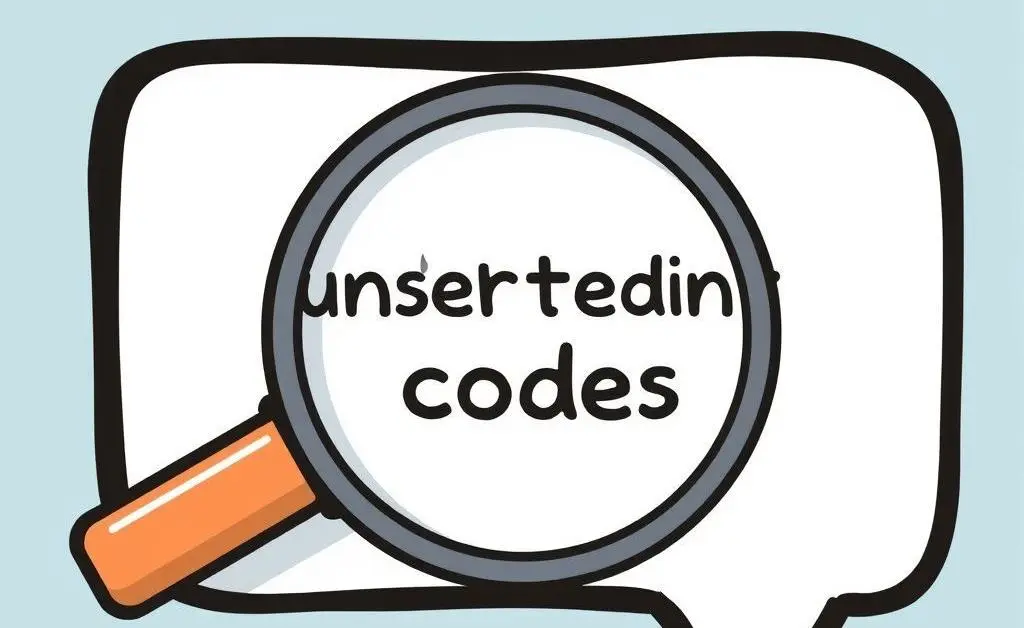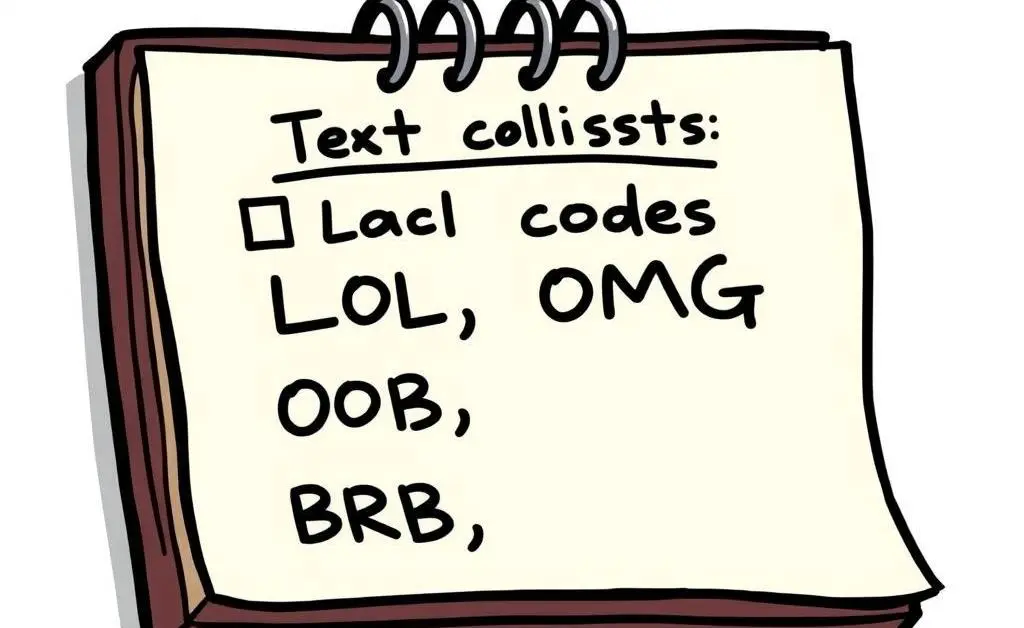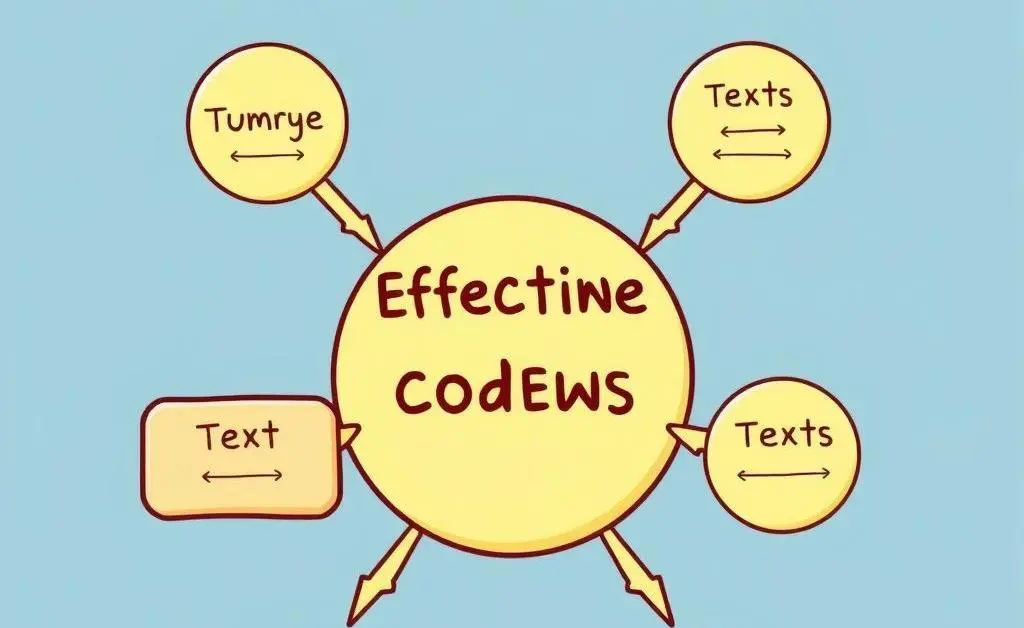Understanding the Quiet Power of Text Codes: A Guide to Modern Communication
Unlock the hidden meanings of text codes and enhance your digital communication.

Have you ever stumbled upon a cryptic text code in a message and wondered if it was a simple typo or a secret communication language? You're not alone. Text codes have sneaked into our digital conversations, transforming how we connect with each other. In today's post, we'll unravel these communication shortcuts and explore how they enrich our digital exchanges.
The Rise of Text Codes in Communication
Text codes, those seemingly random letters like 'LOL' or 'BRB,' might seem like digital gibberish at first. Yet, these acronyms and shorthand have become a staple in online interactions. They offer a quick, efficient way to convey emotions or intentions, squeezing meaningful conversations into tiny digital spaces.

Why Do We Use Text Codes?
The evolution of technology brought text codes into the spotlight. Limited character counts, fast-paced conversations, and the desire for quick replies made these shortcuts necessary. They offer:
- Efficiency: Instead of typing out full sentences, a few letters suffice.
- Emotional expression: Codes offer a way to express emotions concisely, like 'LOL' for laughter.
- Community building: Shared understanding of text codes can foster a sense of belonging.
Common Text Codes You Should Know
Even if text codes feel daunting, learning a few basics can empower your interactions. Some everyday codes include:
- LOL: Laugh out loud - a classic way to indicate humor.
- BRB: Be right back - useful for brief pauses in conversation.
- OMG: Oh my god - often used to express amazement or surprise.

Familiarizing yourself with these staples can make your digital conversations more engaging and expressive.
Using Text Codes for Clearer Conversations
While text codes can make communication faster, clarity is not to be compromised. Using them effectively requires awareness of the context and the relationship with the person you're texting. Here are some tips to navigate this:
1. Know your audience: Gauge the other person's familiarity with text codes before using them.
2. Stay relevant: Avoid overloading conversations with codes. Use them sparingly for emphasis.
3. Seek clarification: If a code is unfamiliar, don't hesitate to ask for its meaning.

Remember, at the core of using text codes is the aim to enhance communication, not complicate it.
Conclusion
Text codes might be brief, but the impact on digital communication is profound. They allow us to convey more than words through simple letters, knitting a shared social fabric in the digital world. So, what text code puzzles have you come across lately? Let's decipher them together in the comments below!




